
cd_nom
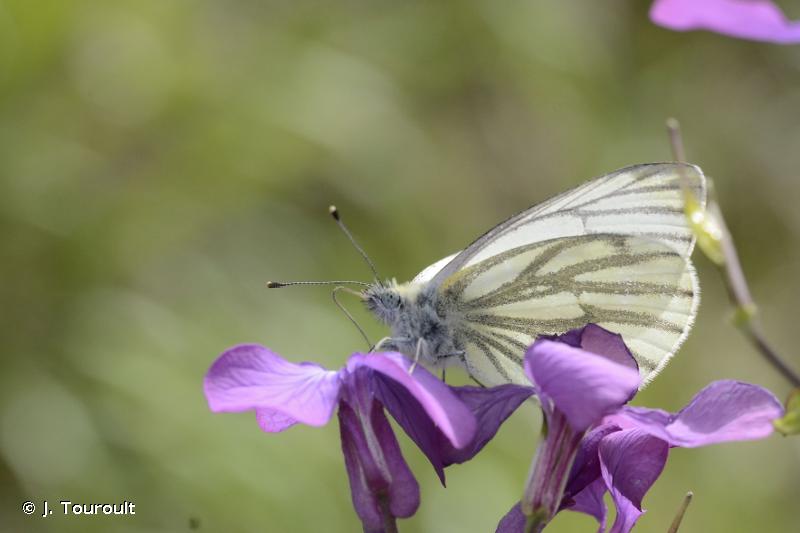
| Author : J. Touroult |
 |
To get the picture, please visit:
Despite the Creative Commons license, please inform the author of the use which will be made of his photo

| Author : J.M. Mourey |
 |
To get the picture, please visit:
Jean-Michel MOUREY
Office National des Forêts - Direction de l'Environnement et des Risques Naturels
2 avenue de Saint-Mandé
75 012 PARIS
e-mail : jean-michel.mourey@onf.fr
Legend: Loulle
Any reuse of one or more photographs on this site is subject to an authorization request from the author.
Link to the Code of Intellectual Property (Legifrance)
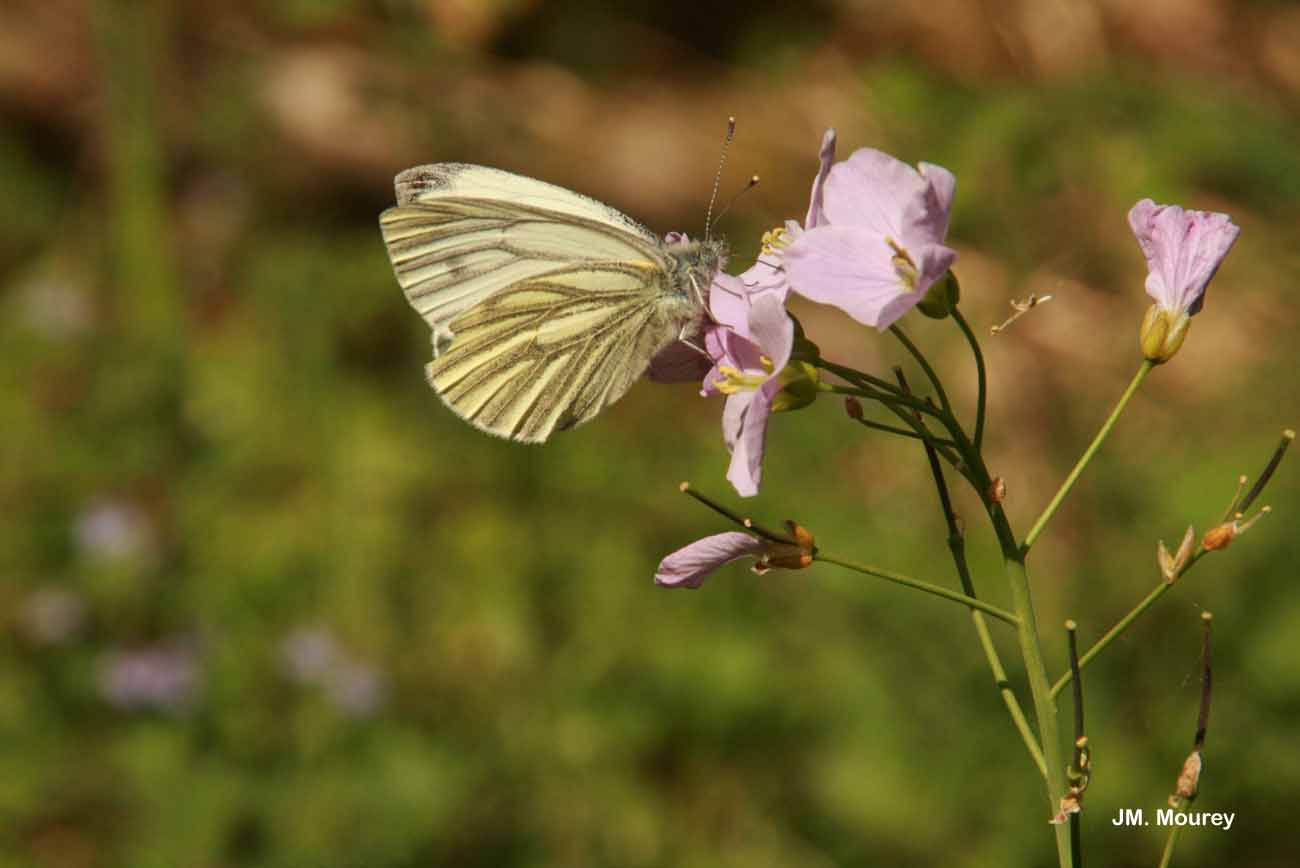
| Author : J.M. Mourey |
 |
To get the picture, please visit:
Jean-Michel MOUREY
Office National des Forêts - Direction de l'Environnement et des Risques Naturels
2 avenue de Saint-Mandé
75 012 PARIS
e-mail : jean-michel.mourey@onf.fr
Legend: Gevingey
Any reuse of one or more photographs on this site is subject to an authorization request from the author.
Link to the Code of Intellectual Property (Legifrance)
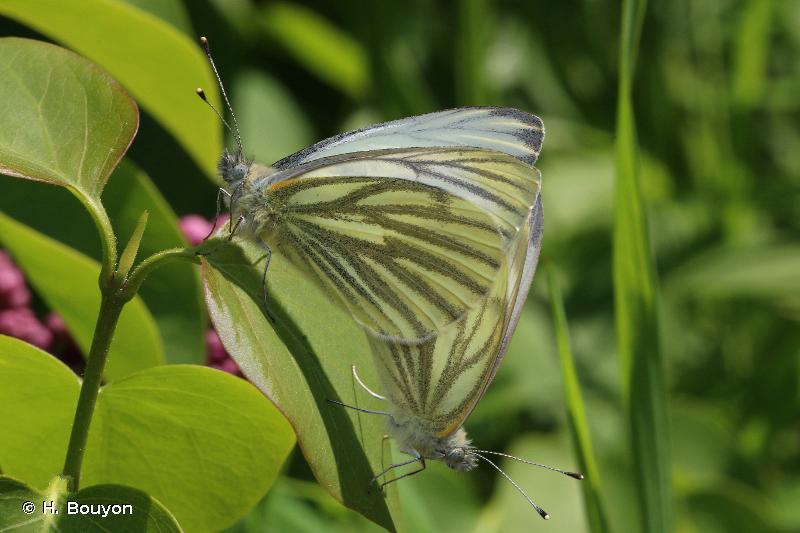
| Author : H. Bouyon |
 |
To get the picture, please visit:
Hervé BOUYON
email : herve.bouyon@wanadoo.fr
Any reuse of one or more photographs on this site is subject to an authorization request from the author.
Link to the Code of Intellectual Property (Legifrance)
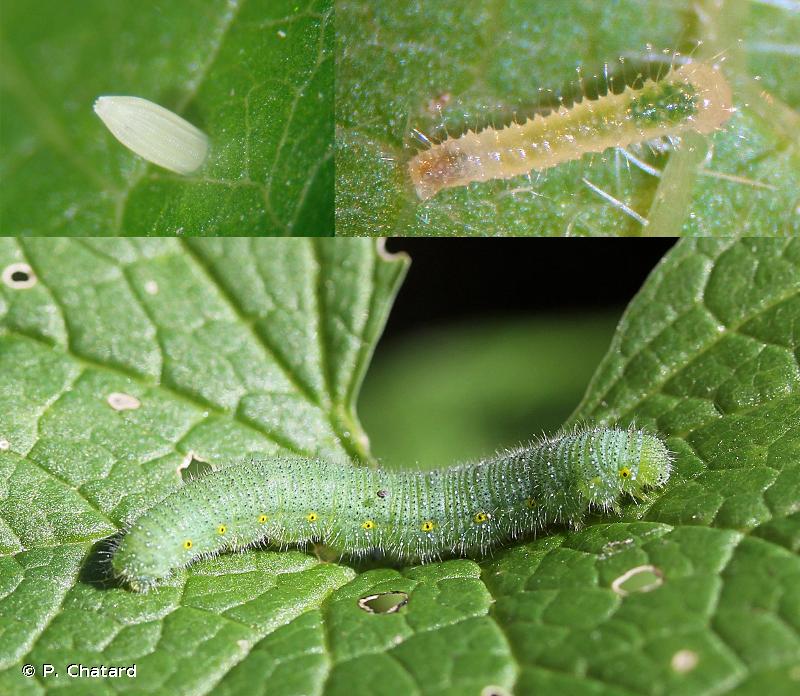
| Author : P. Chatard |
 |
To get the picture, please visit:
Patrice Chatard
email : inpn@mnhn.fr
Despite the Creative Commons license, please inform the author of the use which will be made of his photo
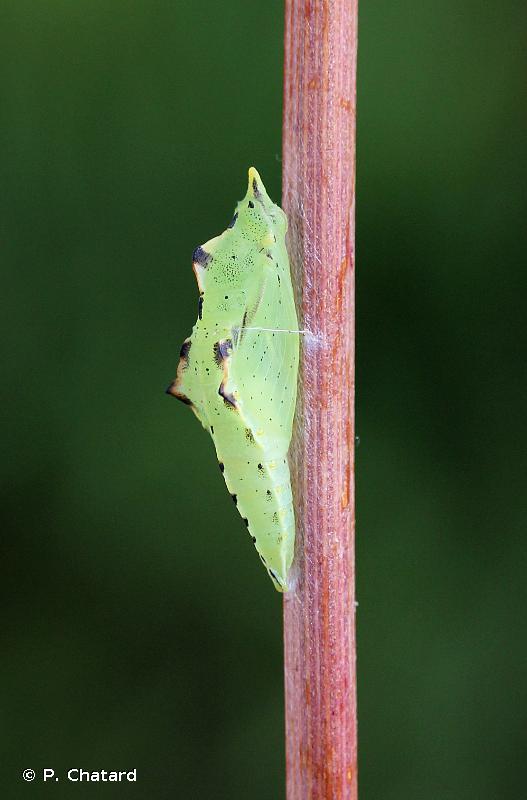
| Author : P. Chatard |
 |
To get the picture, please visit:
Patrice Chatard
email : inpn@mnhn.fr
Despite the Creative Commons license, please inform the author of the use which will be made of his photo
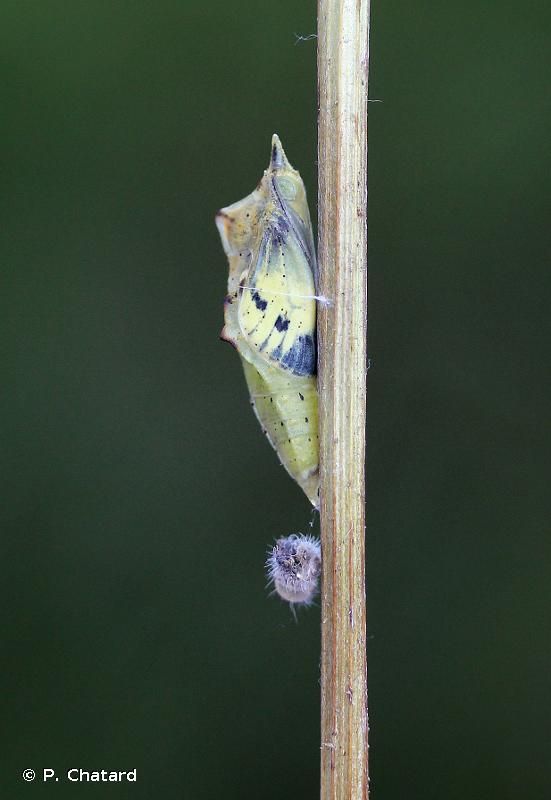
| Author : P. Chatard |
 |
To get the picture, please visit:
Patrice Chatard
email : inpn@mnhn.fr
Despite the Creative Commons license, please inform the author of the use which will be made of his photo

| Author : P. Chatard |
 |
To get the picture, please visit:
Patrice Chatard
email : inpn@mnhn.fr
Despite the Creative Commons license, please inform the author of the use which will be made of his photo
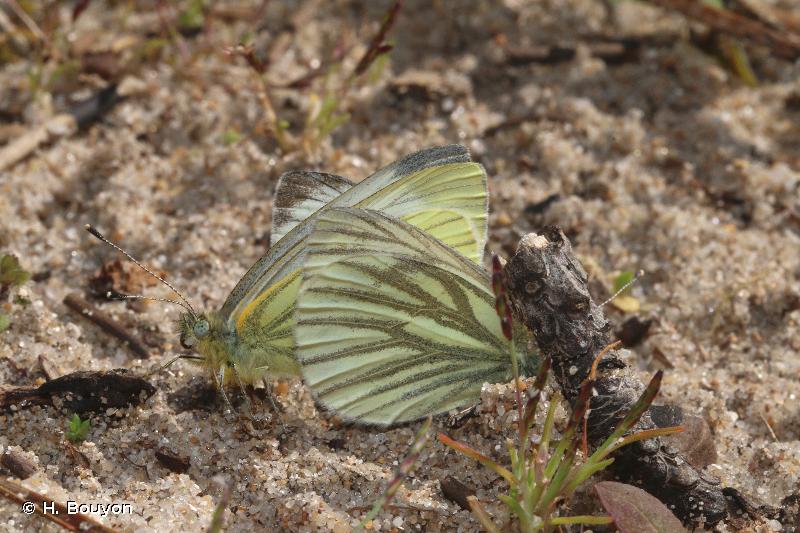
| Author : H. Bouyon |
 |
To get the picture, please visit:
Any reuse of one or more photographs on this site is subject to an authorization request from the author.
Link to the Code of Intellectual Property (Legifrance)

| Author : H. Bouyon |
 |
To get the picture, please visit:
Any reuse of one or more photographs on this site is subject to an authorization request from the author.
Link to the Code of Intellectual Property (Legifrance)

| Author : S. Wroza |
 |
To get the picture, please visit:
Wroza Stanislas
Muséum national d'Histoire naturelle - PatriNat
36 rue Geoffroy Saint-Hilaire CP 41
75 231 PARIS CEDEX 05
e-mail : s.wroza@hotmail.fr
Despite the Creative Commons license, please inform the author of the use which will be made of his photo
Taille/poids :
Longueur de l'aile antérieure : 18-25 mm.
Diagnose :
Le dessus des ailes antérieures est blanc avec une tache noire apicale qui s'irradie vers la partie anale le long de l'extrémité des nervures. Les femelles ont deux taches noires centrales. Le dessous des ailes postérieures est blanc crème avec des nervures suffusées de gris verdâtre.
Détermination :
L'adulte est simple à reconnaître dans une grande partie de la France. Dans les Alpes et le Jura, la détermination demande un examen précis.
Espèces proches :
L'espèce peut surtout être confondue avec la Piéride de l'Arabette présente au-dessus de 1 100 m dans les Alpes et le Jura. Les mâles ont des nervures noires plus marquées et les femelles sont largement suffusées de noir le long des nervures aussi bien sur le dessus que le dessous des ailes.
Période d'observation :
Les adultes peuvent être observés de mars à novembre.
Biologie-éthologie :
Cette espèce a plusieurs générations par an. Ce sont les chrysalides qui passent l'hiver. Les adultes sont très floricoles. Les œufs sont pondus isolément sur diverses Brassicacées. Les chenilles consomment les feuilles et les bourgeons floraux. Elles se chrysalident sur divers supports.
Biogéographique et écologie :
La répartition de l'espèce couvre l'ensemble de l'Europe, l'Afrique du Nord et l'Asie Mineure. Elle est aussi présente à l'ouest de la Sibérie. C'est une espèce commune notamment dans les zones rurales. Les adultes sont observés jusqu'à 2 200 m d'altitude.
D'après :
Essayan, R., Jugan, D., Mora, F. & Ruffoni, A. 2013. Atlas des papillons de jour de Bourgogne et de Franche-Comté (Rhopalocères et Zygènes). Revue Scientifique Bourgogne-Nature, Hors-Série (13) : 1-494.
P. Dupont(UMS 2006 Patrimoine Naturel (AFB / CNRS / MNHN)),2016
Continental
Metropolitan France
Overseas
Marine
Metropolitan France
Overseas
The map presents a summary at the 10 x 10 km grid of the observation data for the species transmitted to the SINP. These data have been subjected to validation filters.
The map presents a reference distribution layer of the species at the scale of departments and marine sectors. The presence and absence data were established by expertise within a network of partners. This reference distribution is used in the validation process of the SINP data at the INPN level.
Corresponds to a report on the basis of at least one observation proved within a period of 10 years (20 years for little-known invertebrates) preceding the year and no presumption of extinction since obtaining the last data nor doubt on reproductive and implemented nature of this population. For migratory species, the presence indicated concerns areas of reproduction.
This status is based on one or more of the following criteria:
This point covers the absence, more difficult by nature to demonstrate than presence. This status is based on one or more of the following criteria:
This status must be assigned to a department in which the presence of the species is casual.
Particular case of absence due to a proven extinction less than a half century ago (older disappearances are treated as "no probable or definite").
In the state of knowledge, we can not comment on the presence or absence in the current department. This is the default status when not comprised in one of the previous categories or whenever there is doubt.
The map shows the global distribution of the species based on GBIF data (Global Biodiversity Information Facility).
